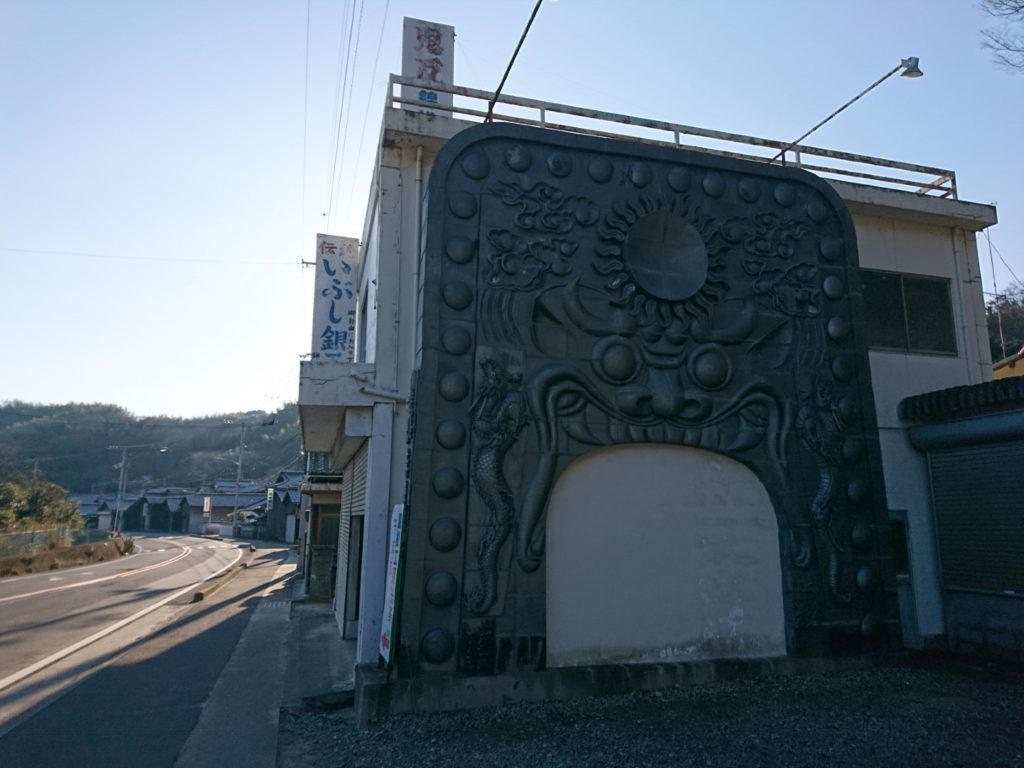
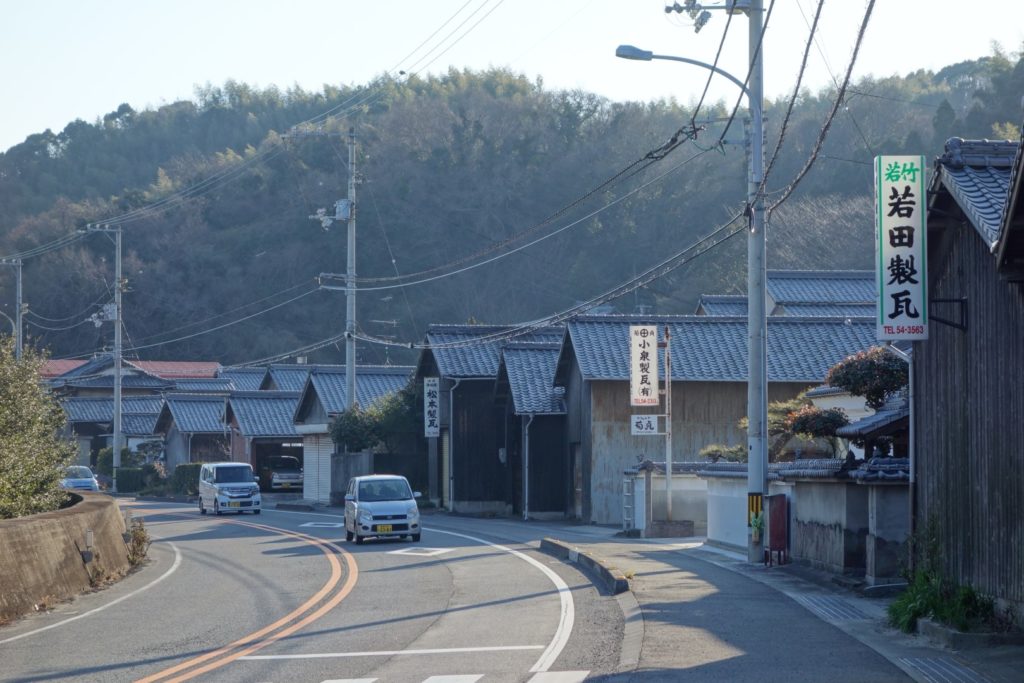
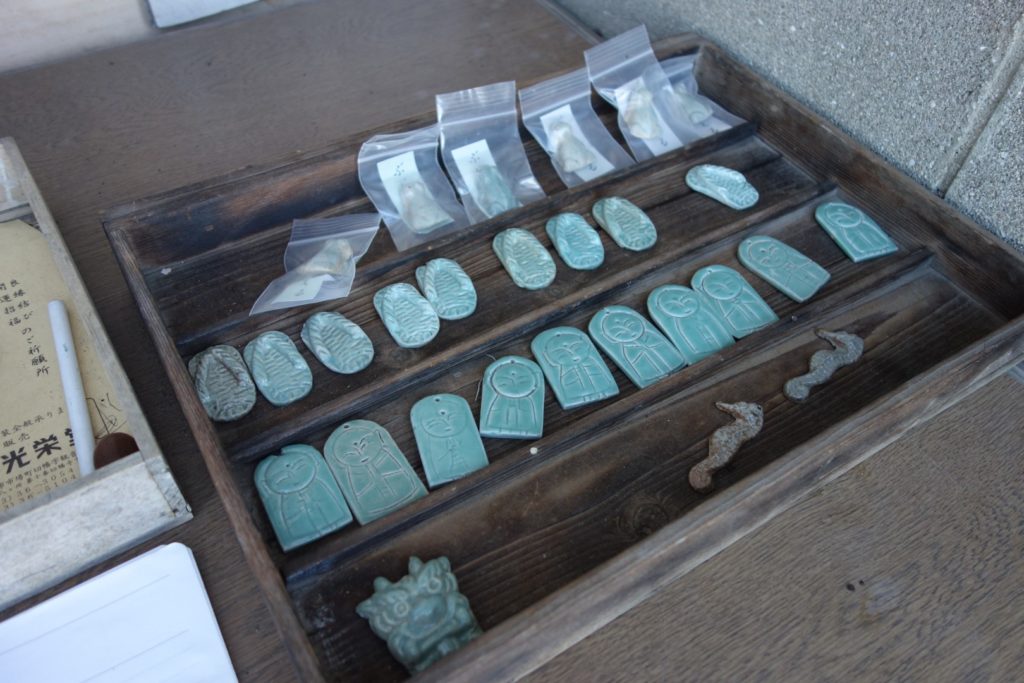
The area where the car accident occurred, Kikuma-town, has a thriving ceramic industry and a large number of Japanese tile makers. It is quite interesting to see how they knead the clay. At the “Osettai reception area” run by the tile maker, they provide small frogs made of tiles called “Buji Kaeru” as Osettai. Frogs in Japanese pronunciation “Kaeru” means “go back home”, so it is for praying safe completion of pilgrimage and going back home. I gratefully accepted one.
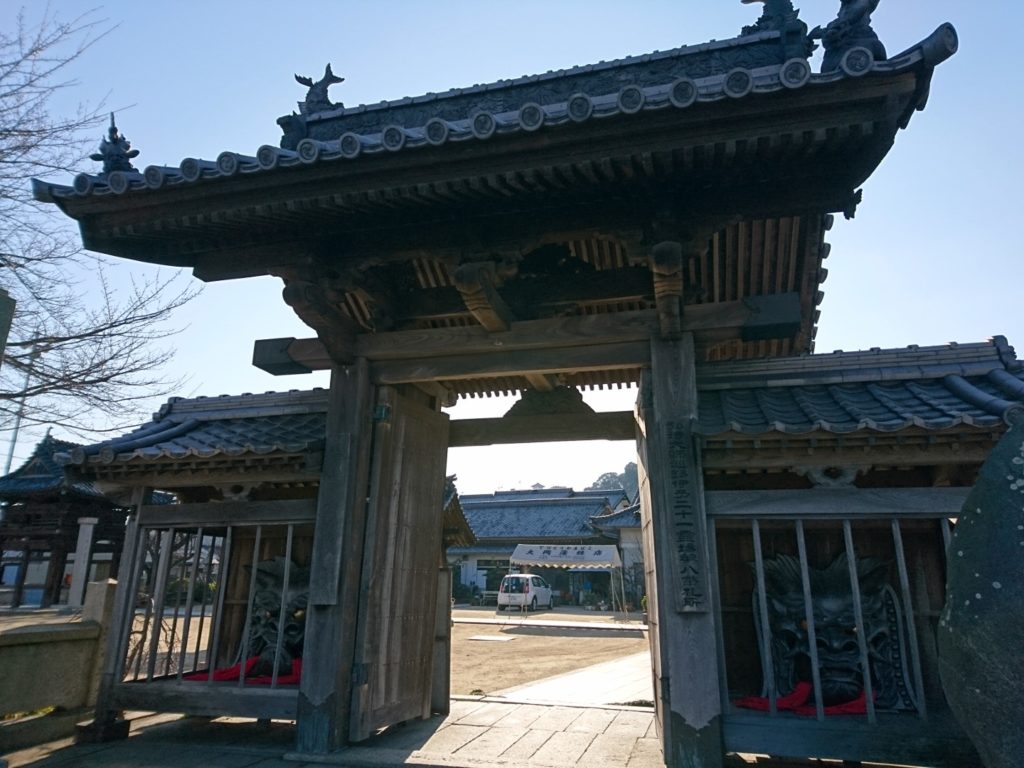
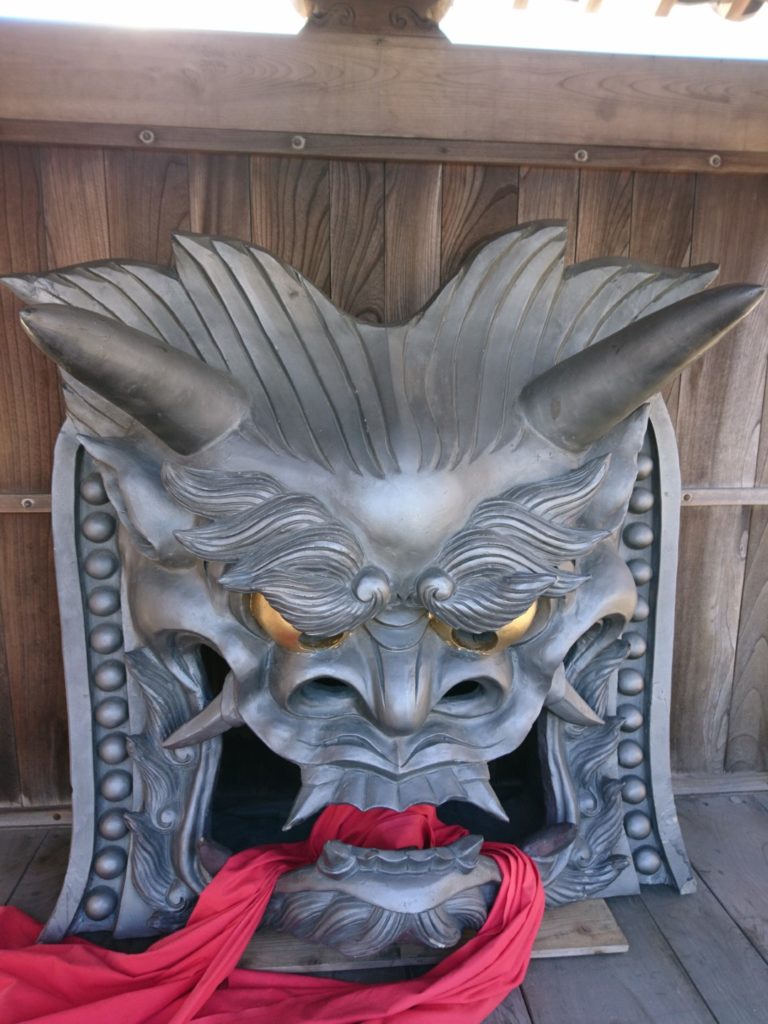
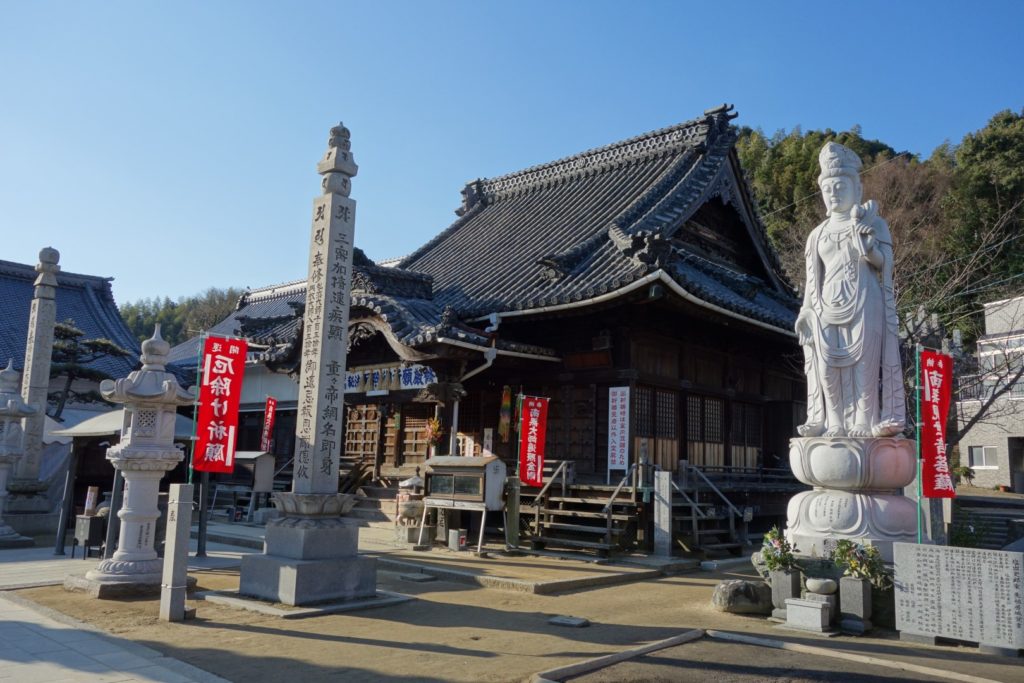
At the Henjyo-in Temple in Kikuma town, it was interesting to see large Japanese gargoyle tiles dedicated to the gate instead of the Nio-statue. Apparently, during festivals, these large Japanese gargoyle tiles are carried out and paraded around the town.
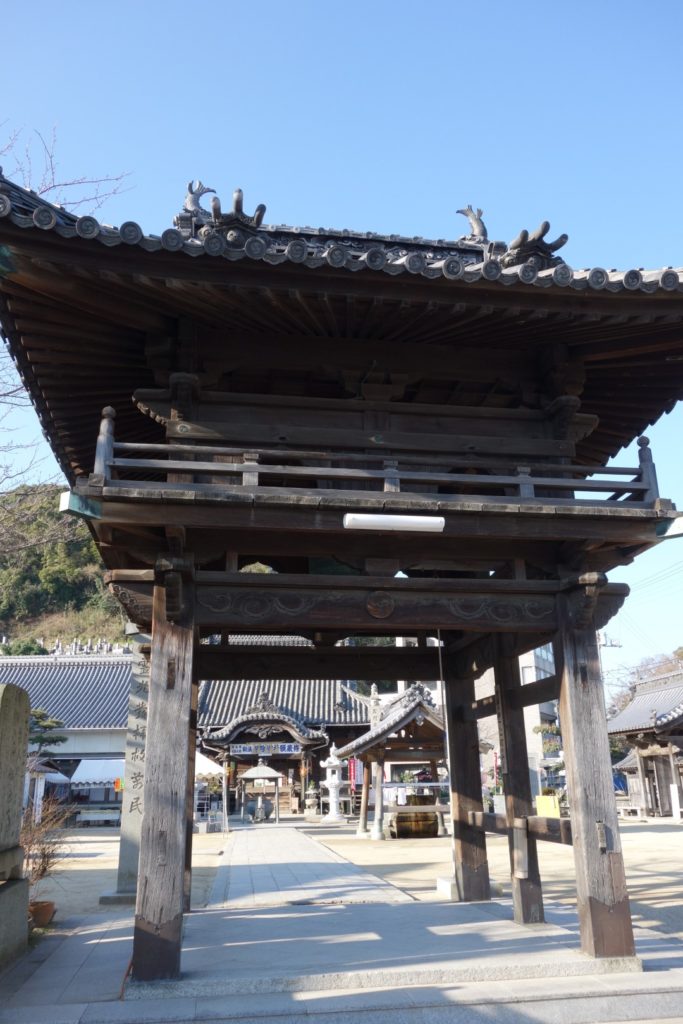
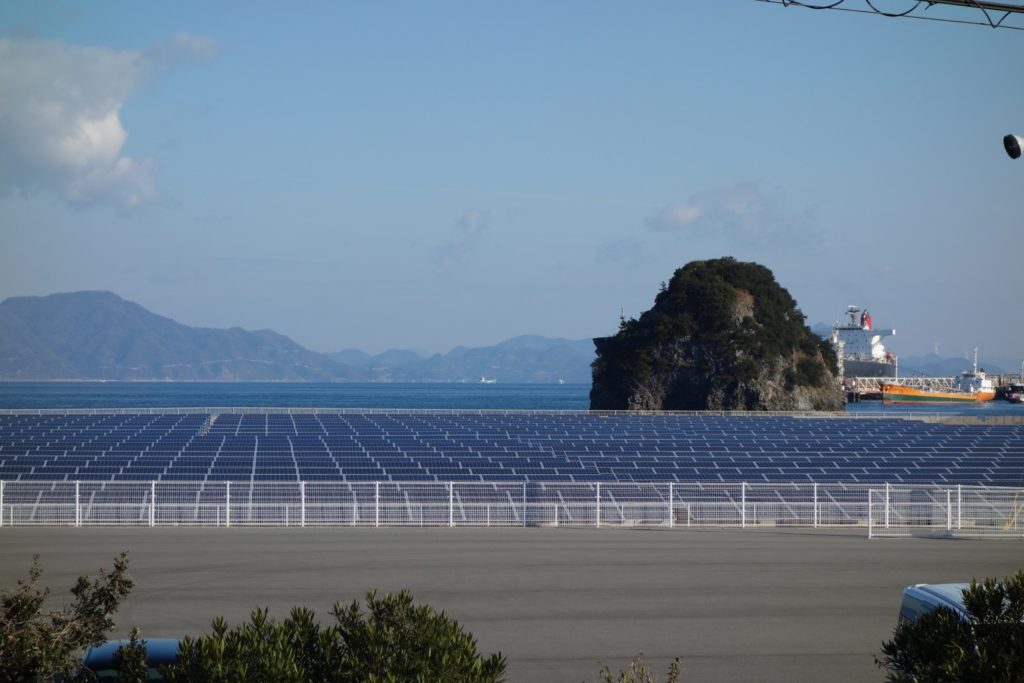
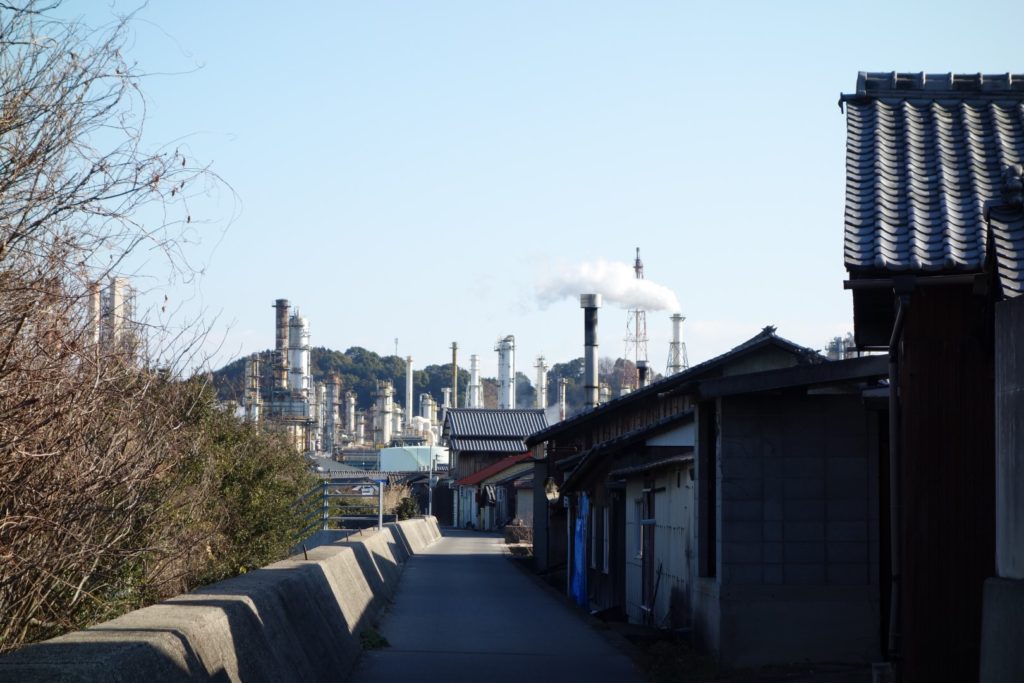
The roof tile shops lined up along the coast and the large oil complex facilities beyond, a rather strange sight.
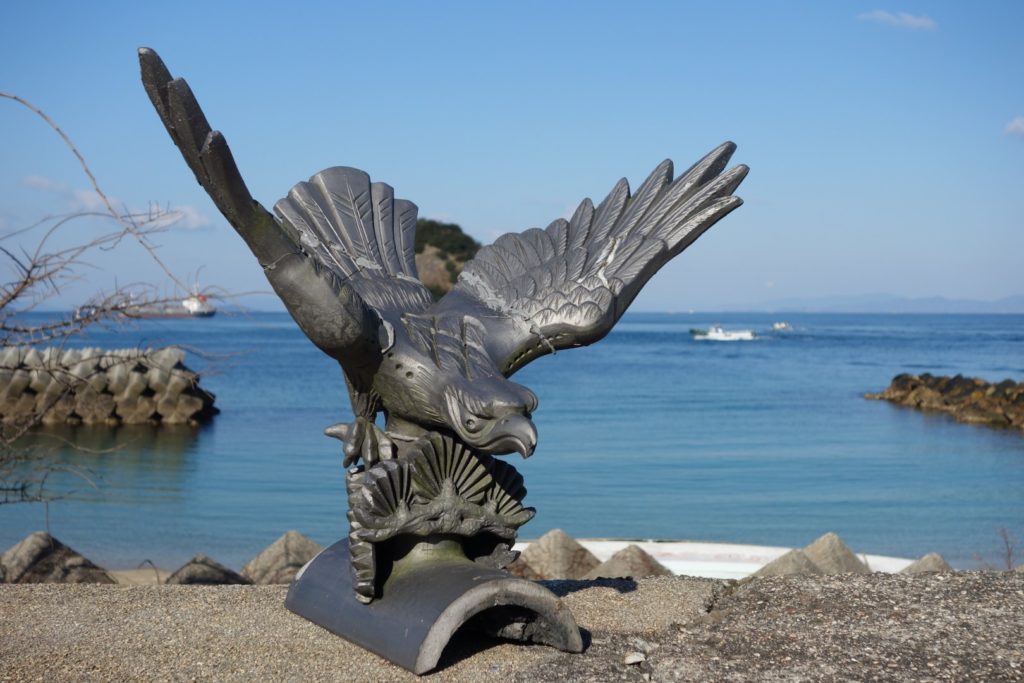
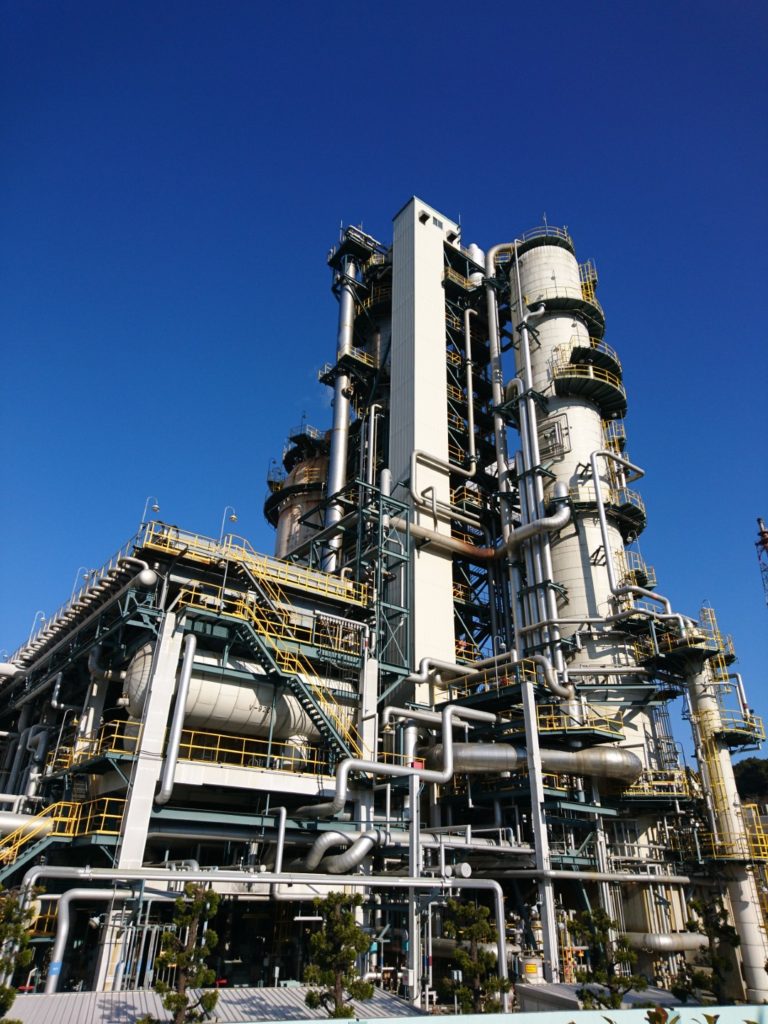
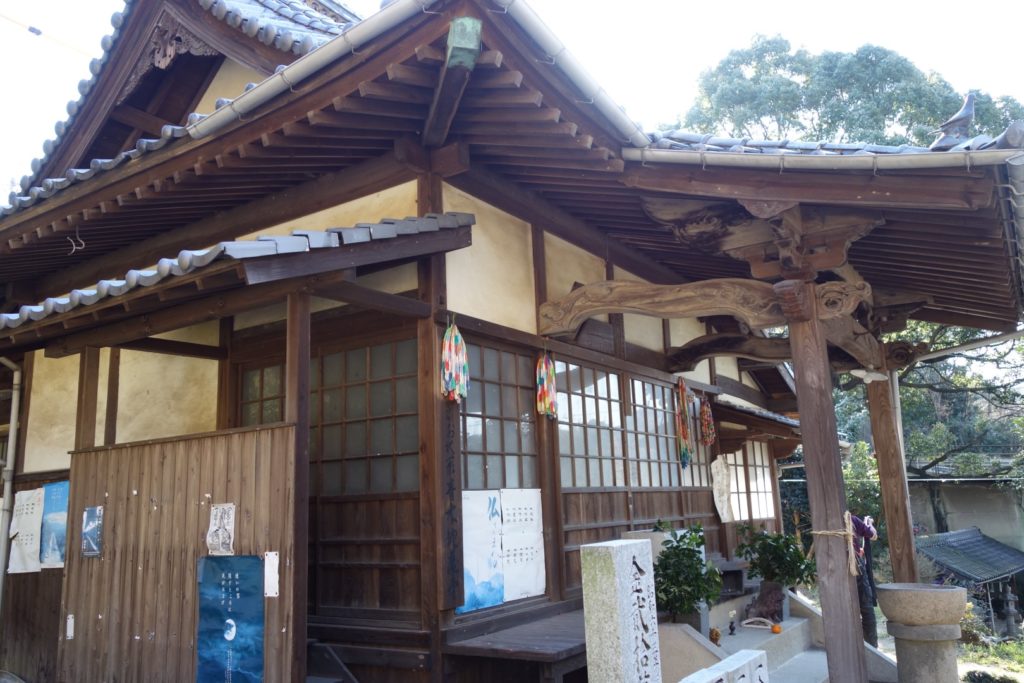
Aoki Jizo-do is a legendary sacred place which is located close to the oil complex. It is said when Kobo-Daishi dug where he had indicated with his staff, fresh water gushed forth and he planted a green tree (Aoki) as a memorial.
This sacred water is reputed to have great spiritual power as a medicinal water for various diseases, and is said to be especially effective for diseases from the waist down. Because of this reputation, it is popularly known as “Jizo-san for the waist and legs”
Recent Comments